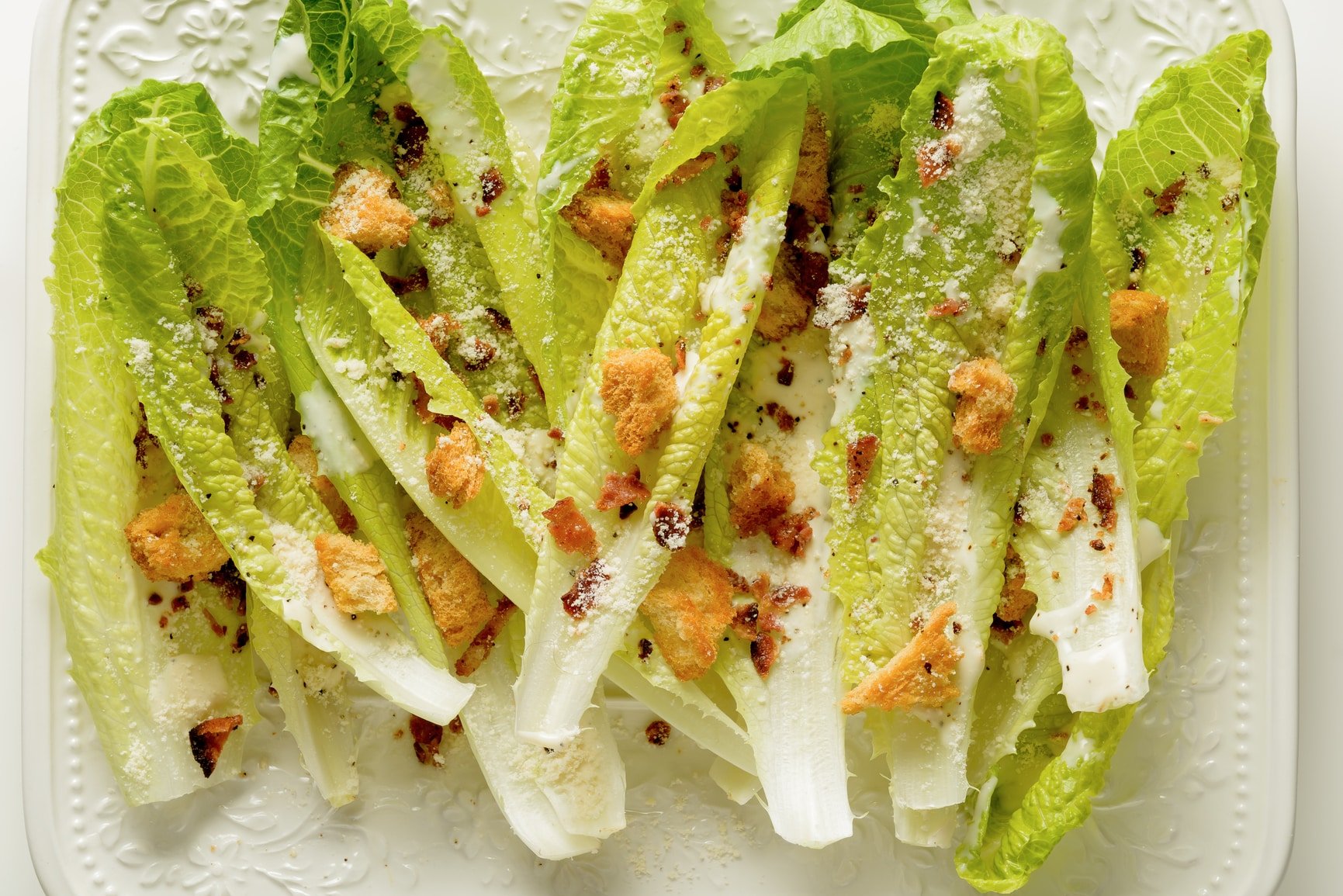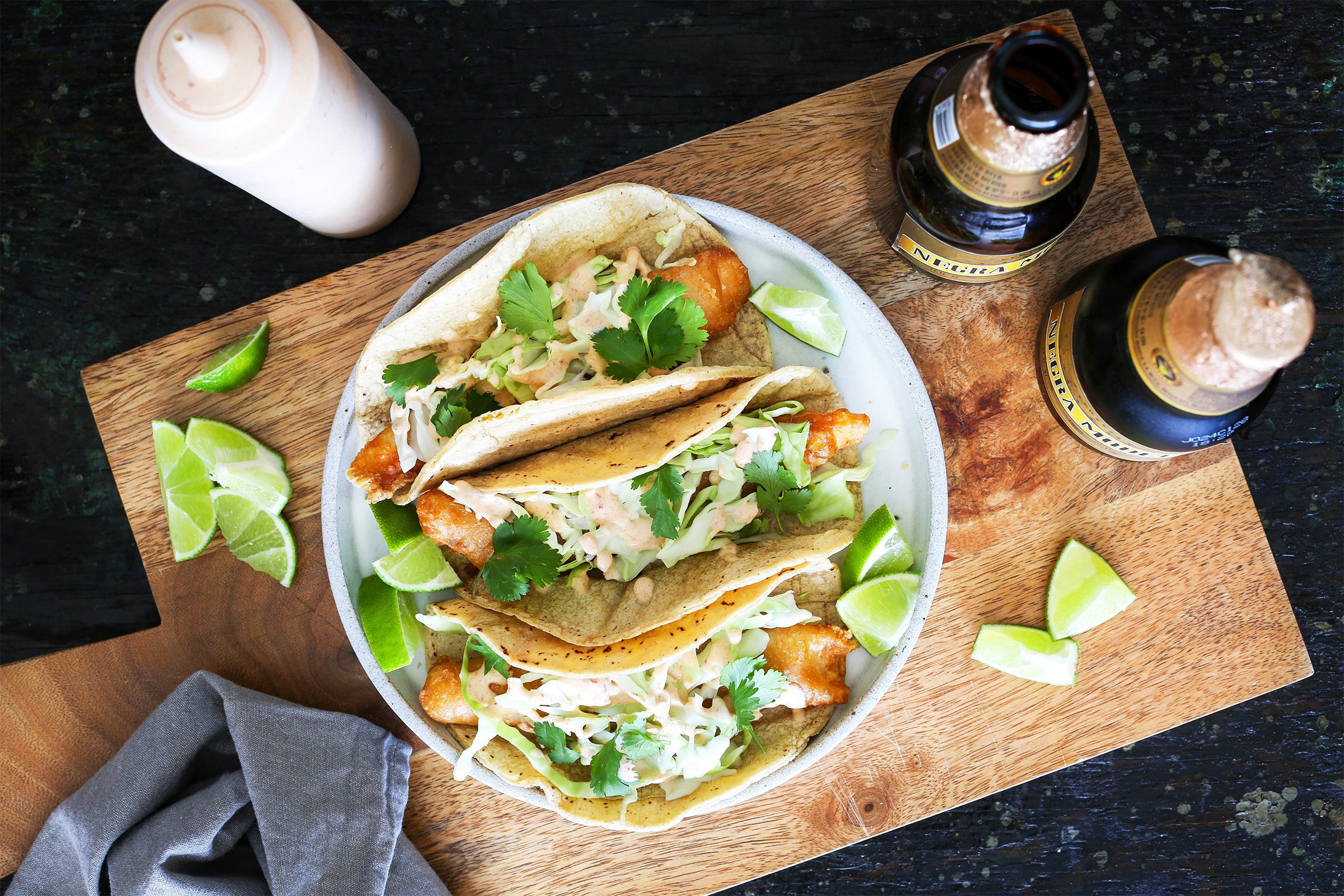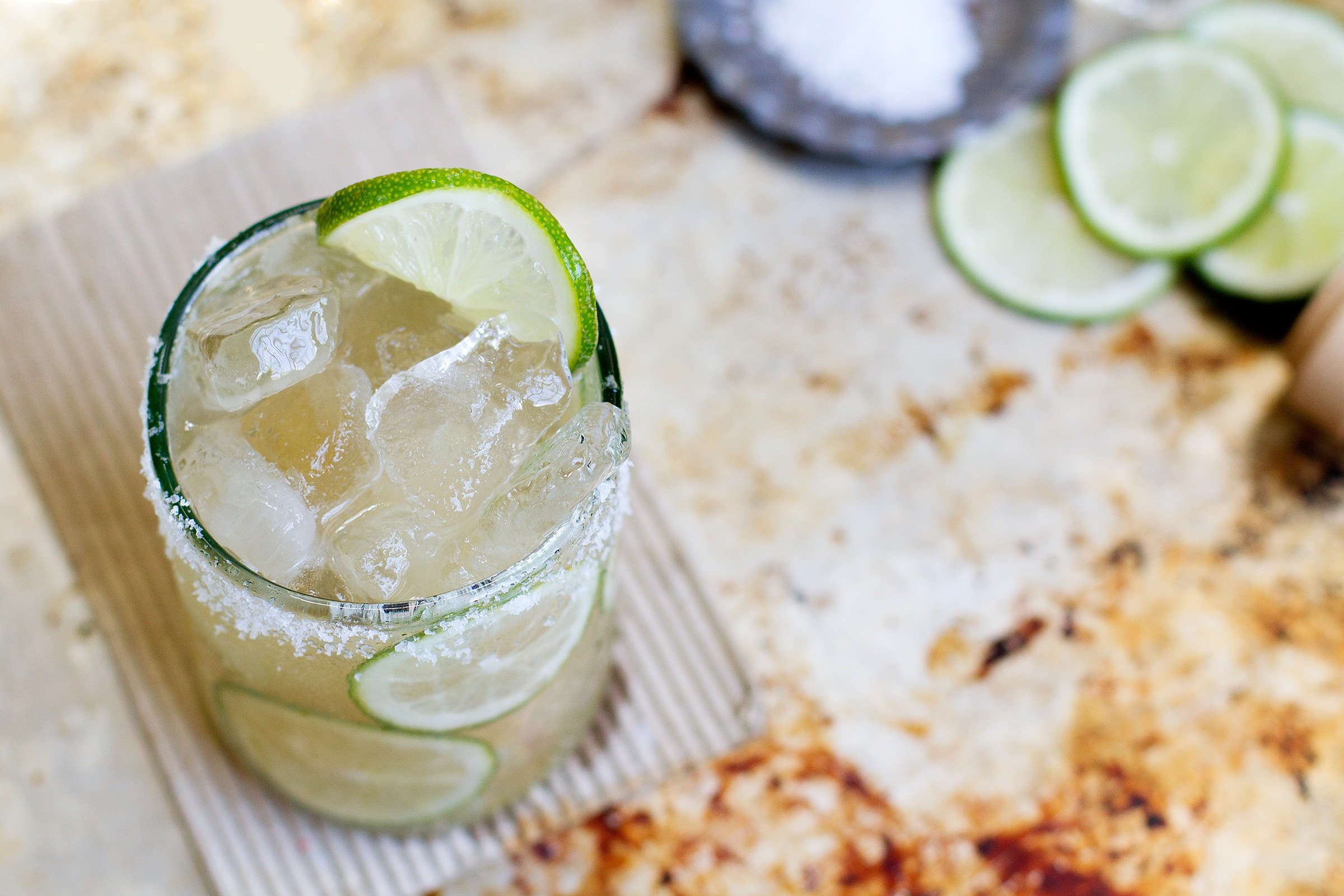Table of Contents
We here at Salt & Wind have been salivating — pun fully intended — over all the incredible iconic Mexican food in Baja California for some time now.
There are plenty of reasons we’re swooning over this corner of Mexico, many which we already laid out. But we realized while we told you lots about where to eat, we forgot to tell you what to eat. We’re here to right that wrong and share what to eat next time you travel to Baja California.
Why Is Baja California Important In Food?
As Mexico’s most northwestern and one of its youngest states, Baja California has a newer food culture that it has only crystallized in the last 15 years or so.
Though Baja food and cuisine was previously undefined, what is for sure is that there are certain dishes— some of which are taking the food world by storm right now (um, seafood tostadas, anyone?) — that are undeniably “Baja.”
What Is “Baja Med” Mexican Food?
Before we talk about what to eat in Baja California, let us share a little backstory. When it comes to food in Baja California, you may have heard the terms “Baja Med,” coined by chef Miguel Angel Guerrero or “Cali Baja,” which was alternately developed by chef Javier Plascencia, being thrown around.
To be crystal clear, those terms refer to the more fine-dining cooking style that emerged in the Baja California region during the past few decades. Those chefs’ creativity has been a major force in making the region’s food scene what it is today.
Why Is Mexican Food In Baja California Unique?
Another major factor? The weather. Baja California’s Mediterranean-like climate (read: sunny, temperate days, cool nights, and a moderating breeze from the ocean) makes it one of the prime places to visit in Mexico. It also means wine, olive oil, and fresh vegetables are right at home.
Following in suit with the climate, the modern cooking of Baja food draws inspiration from the Mediterranean — as in, high-protein meals with plenty of roasted meat, fresh seafood, and exquisite vegetable preparations.
Though this high-end, Mexico-meets-Mediterranean cuisine is what the area is becoming known for —- and rightly so —- there are other dishes emblematic of Baja that we wanted to make sure weren’t forgotten.
Why You Should Trust Us
Jackie is a San Diego-based food and lifestyle writer and editor. She has spent time in Baja California working with wineries there and reporting on the food scene. She also helped research and lead our original Salt & Wind Travel small group trips, which occurred in this region.
What To Eat In Baja FAQs
aja California's food culture has crystallized in the last 15 years. The region is known for certain dishes like seafood tostadas that are undeniably "Baja." The modern cooking of Baja food draws inspiration from the Mediterranean, with high-protein meals featuring plenty of roasted meat, fresh seafood, and exquisite vegetable preparations.
"Baja Med" is a term coined by chef Miguel Angel Guerrero, referring to the fine-dining cooking style that emerged in the Baja California region during the past few decades. This style of cooking combines Mexican ingredients with Mediterranean ones due to the region's similar climate.
Some must-try foods in Baja California include Caesar Salad, Camarones Enchilado, baby vegetables, fish tacos, seafood tostada, spiny lobster, the Margarita cocktail, machaca, and caguamanta.
The Caesar Salad was invented at Caesar's in Tijuana, Mexico, in 1924 by Italian immigrant Caesar Cardini. The salad was created due to a lack of other ingredients and has since become loved worldwide.
9 Foods To Eat In Baja California
Here’s our list of the essential 9 Mexican food you must eat when you travel to Baja California, which span from old to new, high-end to rustic, and with a few surprising inventions along the way.
Caesar Salad
Need a new cocktail party icebreaker? Quiz people on the origins of the Caesar Salad. From rigorous (but highly unscientific) research, I can confirm the most answers are Caesar’s Palace in Las Vegas or some random town in Italy.
Both noble choices, but legend says otherwise because the answer is Caesar’s in Tijuana, Mexico! The restaurant, which was founded on Avenida Revolucion in 1924 by Italian immigrant Caesar Cardini, was a mainstay of Prohibition-era Tijuana.
It’s said Caesar salad was cobbled together due to a lack of other ingredients and the result was the Caesar salad that is now loved the world over. To make the appropriately authentic Mexican dish, the following is required: romaine lettuce hearts, anchovies, lemon juice, egg yolk, and, grated Parmigiano-Reggiano cheese. Bonus points if you dress each leaf individually, eating them like you would a toast.
Camarones Enchilado
Another bit of food history that often surprises visitors in Baja California is the prevalence of comida china, or Chinese food. Mexicali, about 90 miles east of Tijuana, is Baja California’s comida China epicenter.
In the early 20th century, Chinese workers arrived from China — as well as the United States, thanks to the Chinese Exclusion Act of 1882 — and were contracted to build irrigation systems and other infrastructure. Fast forward to today when over 50,000 people in Mexicali claim Chinese ancestry. All those immigrants brought their food with them, and, over time, was adapted to fit local Baja food tastes.
Camaron enchilado is one of these Mexican dishes that is in fact of Chinese origin. Consisting of pan-fried shrimp cooked in a paste of garlic, pequin pepper, salt, and olive oil, camarones enchilado is usually served with fried or white rice.
Baby Vegetables
It turns out Baja California is Mexico’s leading producer of mini vegetables, which have become a staple of the region’s modern cooking and has helped set the area apart in using these less-than-traditional Mexican ingredients.
The family behind Martinez & Sons pioneered this cultivation about 20 years ago, and authentic Mexican dishes featuring the brightly-colored and highly flavored minis can be found at Misión 19, Corazon de Tierra, Manzanilla, La Querencia and La Esperanza and at other temples of fine dining in the area. Healthy dishes never tasted—or looked—so good!
Fish Taco
Often touted as San Diego’s signature food, the fish taco likely has its origins south of the border in Mexico. Two different takes place it either in San Felipe, on the Sea of Cortez or in Ensenada, on the Pacific Ocean, but either way you slice it, the fish taco is distinctly Baja California.
The original fish taco is made with shark meat, but can also be found with some type of white fish. These days Tijuana’s taco scene extends way beyond fish tacos and the city is recognized across the country as a sort of street taco epicenter (just go to “Las Ahumaderas” aka taco alley to see what we mean).
But fish fried in batter and topped with cabbage, salsa, crema and a fresh lime squeeze, it doesn’t get more California — whether Alta or Baja — than the fish taco.
Seafood Tostada
True, you’ll find aguachile (a sort of Mexican ceviche) served at various street food stands through Baja, but that’s an import brought over mostly by the Sinaloan immigrants. When it comes to authentic Mexican street food and seafood, it’s all about the tostadas in Baja.
The seafood tostada is the Baja street food beloved throughout the region that also helped to put the local cuisine on the map. Consisting of a flat, dried tortilla and piled high with fresh seafood in raw or ceviche form, there isn’t a street corner or roadside stand that can’t whip one up.
Arguably, the most famous seafood tostada comes from the lady behind La Guerrerense, whose real name is Sabina Bandera, FYI. She operates a food cart (and restaurant) in Ensenada and it has reached cult status with often large crowds of food pilgrims.
One of our favorite seafood tostadas she serves is topped with sea urchin, chopped pismo clam, sliced avocado and is best garnished with Bandera’s chile de arbol and peanut salsa.
Spiny Lobster
Just south of the beach town Rosarito is the “lobster village” of Puerto Nuevo. This tiny seaside town is dedicated almost exclusively to restaurants that prepare spiny Pacific lobster in signature “Puerto Nuevo” style: fried with rice, beans, fresh flour tortillas and drawn garlic butter on the side. Some restaurants will grill the lobster if you ask, offering another alternative to the classic.
The old story says the tradition dates back to the 1950s and was born out of just a few fishing families that lived in this cliffside town overlooking the Pacific. Its fishermen would return home from the ocean and their wives whipped up what they had available–usually spiny lobster and, not surprisingly, rice, beans and tortillas.
Americans began visiting the area, specifically for fishing, and were treated to lobster in the village upon their return. Thanks to a generous land grant, the families were able to legitimize and build restaurants, and American tourism only increased. Fast forward to today, and Puerto Nuevo is still a town dedicated to lobster dinner, not all that different from how it appeared decades ago.
The Margarita Cocktail
The craft beer and modern wine scene in Baja California has been all the rage the last few years but there’s another lesser-known drink that hails from the area: the margarita.
Legend has it that this signature Mexican cocktail was invented at Hussong’s Cantina in Ensenada in 1941. Bartender Don Carlos Orozco used Damiana, tequila and lime, which he served over ice in a glass with a salt rim. The recipient of the classic Mexican cocktail was a woman named Margarita Henkel, the daughter of the German ambassador to Mexico.
Today, the Margarita is enjoyed the world over but can still be found at its original home, which is the oldest cantina in Baja California. Instead of Damiana, Hussong’s uses Controy (aka Naranja) now, which is an orange liqueur. The original spirit of the bar remains: mariachis play throughout the night while revelers drink in a wood-clad barroom with sawdust on the floor.
Machaca
A staple in the neighboring state of Sonora, it was only natural that machaca became loved in Baja California, too. The cattle ranching in both states gave way to this local delicacy: dried, salted, and rehydrated shredded beef that is roasted to give a smoky flavor.
In Baja, machaca is often served mixed with scrambled eggs as breakfast, with a heaping side of beans and flour tortillas. Anyone looking for a hearty breakfast, Baja style, needs to try this filling specialty at least once.
Caguamanta
Formerly made with turtle and now mostly made with manta ray and shrimp, caguamanta is another Baja food that is a staple in Sonora, as well. It’s a stew of whatever the main protein is — be it shrimp, manta ray or turtle (caguama) — cooked with cumin, chili, oregano, shrimp broth and flour and served with corn tortillas for people to make their own tacos.
For ecological reasons, turtle consumption has been legislated out of practice but the reality is many locals still eat it that way. The most sustainable and environmentally friendly way to eat caguamanta would be to enjoy the manta ray and fish versions, which can be found all over Baja California and on many street corners in Mexicali or Tijuana.
More Mexican Food
Dive deeper into Mexican food culture here:
- Everyday Ingredients That Are Originally From Mexico
- The Ultimate Guide To Mexican Street Tacos
- Try These Pre-Hispanic Dishes On Your Next Mexico Trip
Have Us Plan Your Mexico Trip
Did you know we’re also a boutique travel agency that specializes in Mexico travel planning? If you’re looking to plan one of the best trips to Mexico, our Mexico trip planner services are here to help you plan your perfect itinerary.
Photo Credit: Opening photo by Bruce and Rebecca Meissner; Caesar salad photo by Jeff Wasserman; Taco photo by Brandon Matzek; other photos by Salt & Wind


